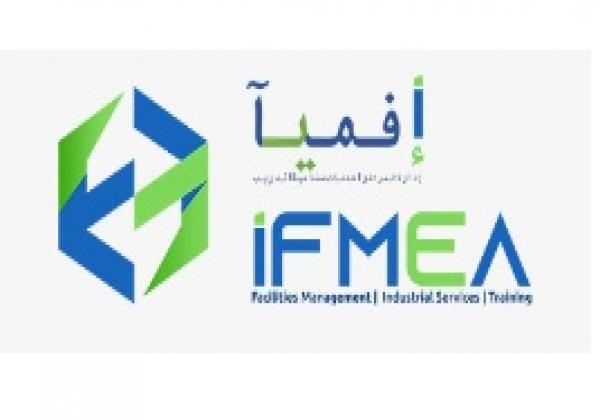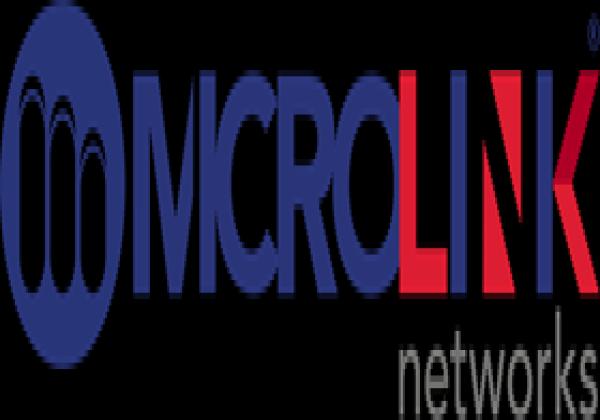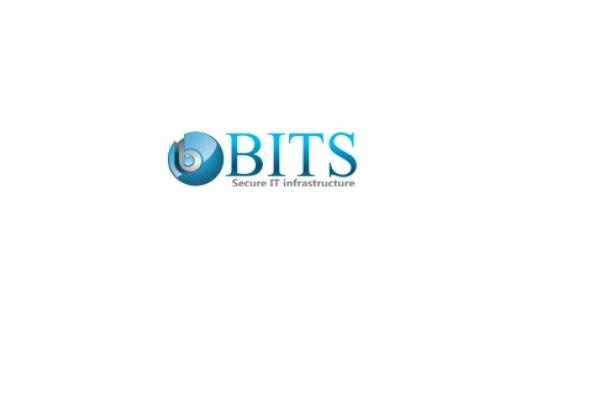Fiber Loopback Suppliers in Dubai,UAE

IFMEA
Phone: +97143296764
Emirate:Dubai, P.O.BOX:
Address:Dubai Branch : GF-01, Shams Business Park AL Garhoud , Dubai

Micronet Technology
Phone: 0505648497
Emirate:Dubai, P.O.BOX:182415
Address:Office 102, Rifa Old Building, Opp Palm Beach Hotel, Khalid Bin Waleed St, Bur Dubai

LAN GUARD
Phone: +971 2 6329170
Emirate:Abu Dhabi, P.O.BOX:
Address:M01 Floor, Princess Jewellery Building, Khaleefa Street, Abu Dhabi, United Arab Emirates

Microlink networks llc
Phone: +97145561557
Emirate:Dubai, P.O.BOX:
Address:Boulevard Plaza Tower One, Level 3, Downtown Dubai, United Arab Emirates

Bits Secure IT Infrastructure LLC
Phone: +971 43282444
Emirate:Dubai, P.O.BOX:3282444
Address:SUNTECH Tower - Office 903 - Dubai Silicon Oasis - Industrial Area - Dubai - United Arab Emirates
A fiber loopback, also known as a fiber optic loopback tester, is a device used to test the functionality of a fiber optic cable or transceiver. It essentially creates a loop by connecting the transmitter and receiver ends of the cable or transceiver together, allowing you to send a signal and verify its reception at the other end.
Benefits of using a fiber loopback:
Quick and easy testing: Provides a convenient way to diagnose issues with fiber optic cables or transceivers without requiring additional equipment or connecting them to a live network.
Identifies cable faults: Helps isolate problems within the cable itself, such as breaks, attenuation, or other imperfections.
Verifies transceiver functionality: Ensures the transceiver is operating correctly and transmitting and receiving signals effectively.
Cost-effective solution: Saves time and resources compared to troubleshooting issues on a live network or replacing components without proper diagnosis.
Types of fiber loopback:
Internal loopback: This type is built into some transceivers, allowing for loopback testing without needing an external device.
External loopback: This is a standalone device that connects to the fiber optic cable or transceiver through connectors like SC, LC, or ST.
Applications of fiber loopback:
Installation and deployment: Verifying the proper functioning of newly installed fiber optic cables and transceivers before connecting them to the network.
Troubleshooting: Isolating the source of signal issues within a fiber optic link.
Maintenance: Periodically testing fiber optic components to ensure continued performance and identify potential problems early on.
Choosing the right fiber loopback:
Connector type: Select a loopback with the same connector type as your fiber optic cable or transceiver.
Wavelength compatibility: Ensure the loopback supports the same wavelength(s) used in your network (e.g., 850nm, 1310nm, or 1550nm).
Single-mode vs. multi-mode: Choose a loopback compatible with the type of fiber optic cable you are using (single-mode or multi-mode).
Benefits of using a fiber loopback:
Quick and easy testing: Provides a convenient way to diagnose issues with fiber optic cables or transceivers without requiring additional equipment or connecting them to a live network.
Identifies cable faults: Helps isolate problems within the cable itself, such as breaks, attenuation, or other imperfections.
Verifies transceiver functionality: Ensures the transceiver is operating correctly and transmitting and receiving signals effectively.
Cost-effective solution: Saves time and resources compared to troubleshooting issues on a live network or replacing components without proper diagnosis.
Types of fiber loopback:
Internal loopback: This type is built into some transceivers, allowing for loopback testing without needing an external device.
External loopback: This is a standalone device that connects to the fiber optic cable or transceiver through connectors like SC, LC, or ST.
Applications of fiber loopback:
Installation and deployment: Verifying the proper functioning of newly installed fiber optic cables and transceivers before connecting them to the network.
Troubleshooting: Isolating the source of signal issues within a fiber optic link.
Maintenance: Periodically testing fiber optic components to ensure continued performance and identify potential problems early on.
Choosing the right fiber loopback:
Connector type: Select a loopback with the same connector type as your fiber optic cable or transceiver.
Wavelength compatibility: Ensure the loopback supports the same wavelength(s) used in your network (e.g., 850nm, 1310nm, or 1550nm).
Single-mode vs. multi-mode: Choose a loopback compatible with the type of fiber optic cable you are using (single-mode or multi-mode).


